GIUSTINIANI CUBA - SANTO DOMINGO - GIAMAICA -
BOLIVIA - MESSICO
Rami della famiglia Giustiniani di Genova si stabilirono sulle isola di Cuba,
Giamaica e Santo Domingo, a servizio della Corona Spagnola, durante il periodo noto come
"Capitaneria Generale di Cuba". Un altro ramo arrivò direttamente a L'Avana nella prima metà del XVIII secolo.
I primi rappresentanti di questa famiglia nelle terre cubane furono i signori Tomás Justiniano Sánchez , che era
Capitano de Caballos, assessore, sindaco ordinario e luogotenente dell'Havana, e Pedro Justiniani Palaviccini, Capitano della Marina Reale Spagnola.
Prima migrazione
Il primo membro di questa famiglia stabilitasi a Cuba fu Tomás Justiniano y Sánchez , Capitano di Caballos. È stato anche assessore, sindaco ordinario e luogotenente di terra all'interno dell'Avana.
Altri membri di spicco di questa famiglia erano:
- Juan Osorio Justiniani Naveda, presbitero del Vescovado dell'Avana e parroco della città di Sancti Spiritus in 1676.
- Luisa Justiniani Osorio Balmaceda , moglie di Gonzalo Recio de Oquendo Hoces ,
Primo Marchese Reale, Settimo titolare del Mayorazgo della sua Casa, quarto Sindaco
di Alferez, Assessore perpetuo, Sindaco Ordinario e Luogotenente Governatore della piazza dell'Avana durante il dominio inglese.
Seconda migrazione
Il primo membro di questa famiglia stabilitasi a Cuba fu Pedro Justiniani y Palaviccini , Capitano della Marina reale spagnola .
Altri membri di spicco di questa famiglia sono stati:
- Sia José Justiniani che Recio , brigadiere della Real Marina.
- María del Pilar Justiniani Cabrera , moglie di José Félix Manuel de Villena Porlier ,
Terzo Marchese del Tesoro Reale , Luogotenente della Marina Reale, Gentlman della Camera di Sua Maestà e Cavaliere dell'Ordine di Santiago.
- Francisco Justiniani Cabrera , entrò a far parte delle Guardie
marine Reali nel 1803 fino al grado di Luogotenente della Marina Reale. Ha inoltre ricoperto la carica di Consigliere della Città dell'Avana .
- Joaquín Justiniani Cabrera , entrò a far parte delle Guardie marine
Reali nel 1809 , capitano di artiglieria, decorato con la croce laureata di seconda classe di San Fernando .
- José Domingo Justiniani Cabrera , entrò a far parte delle Guardie
marine Reali nel 1803 fino al grado di Luogotenente della Marina Reale.
- Ramiro Justiniani Dumás, Vice Console della Repubblica di Cuba a Ginevra .
- Federico Luis Justiniani y de los Santos, avvocato e giudice municipale dell'Avana.
Una sua biografia in Federico L. Justiniani y de los Santos: Un juez que honró la judicatura cubana Questo libro è il racconto della vita del padre dell'autore
Federico. Inizia con il suo albero genealogico, la sua infanzia e giovinezza, gli studi primari e secondari al Collegio La Salle nel Vedado e la laurea presso la Facoltà di Giurisprudenza dell'Università dell'Avana nel 1922. Il capitolo "Il professionista" racconta le varie fasi della sua vita professionale, inclusa la nomina a Giudice Correzionale della Quinta Sezione dell'Avana. Nel 1950 fu nominato Giudice Speciale nel Caso 82 del 1949, intentato contro l'ex presidente Ramón Grau San Martín e membri del suo governo per l'appropriazione indebita di oltre 174 milioni di pesos dall'erario pubblico. Il racconto, basato su estratti dalla stampa dell'epoca, include il furto dei fascicoli del caso e si conclude con l'incriminazione di Grau e di diversi membri del suo gabinetto, un evento storico senza precedenti a Cuba. Il capitolo "Il padre di famiglia" descrive in dettaglio tutte le sue attività all'interno della sua famiglia, la sua dedizione e il suo amore per loro. Infine, il capitolo "Esilio" racconta le strazianti esperienze dell'abbandono di tutto, culminate nella morte dell'amata moglie e, più tardi, nel 1987, nella sua stessa morte. L'autore desiderava così lasciare una traccia duratura del carattere del padre, della sua integrità e dedizione sia alla professione che alla famiglia, e del ruolo da lui svolto in uno dei casi criminali più noti del suo tempo.
- María Josefa Justiniani Osorio Balmaceda , moglie di Francisco Tomás de Franchi-Alfaro Ponte ,
Secondo Marchese Reale .
- José María Justiniani Recio, entrò a far parte delle Compagnie della Guardia Marina Reale nel 1768 .
- Ambosio José Justiniani Recio, generale di brigata della Royal Navy.
- Francisco Justiniani Chacón, medico
- Federico Justiniani García de los Reyes,
avvocato
Riferimenti
Francisco Xavier de Santa Cruz y Mallen ( 1943 ). Storia delle famiglie cubane. Volume Tre, L'Avana : Editorial Hercules , pp. 120-123.
Giustiniani
(Justiniani) dell'isola di Cuba dal sito www.ecured.cu
Giustiniani
(Justiniano) dell'isola di Cuba dal sito www.ecured.cu
Giustiniani dell'isola di Cuba discendenza Ambrosio Nicolas
Justiniani e Bianca Maria Pallavicini
Giustiniani dell'isola di Cuba breve descrizione storia
THE GIUSTINIANI FAMILY: A GENEALOGICAL JOURNEY THROUG HISPANOLA
doctor search form Don Alfredo López Ariza, President of the Dominican Academy of Genealogy and Heraldry
The lineage of the Giustiniani family in the Dominican Republic traces its roots back to Captain Giovanni Battista Giustinani, whose marriage to Brigida Sanchez y Maldonado laid the foundation for a legacy that would span generations. Their son, Tomas Justiniani Sanchez, who settled in Cuba, ventured into matrimony with Isabel de Osorio Ledesma, daughter of Jácome de Aguirre Osorio and doña Inés de Ledesma, both natives of León in Spain. Tomas's daughter, Ines de Ledesma Justiniani, would play a pivotal role in shaping the family's history on the island of Hispaniola, now known as the Dominican Republic and Haiti.
Ines, the progenitor of all the Giustinianis in the Dominican Republic, was a woman of distinction who migrated to the eastern region of Hispaniola. There, she joined her fate with Baltasar Estevez de Figueroa, a distinguished member of the Spanish military and colonial administration. Estevez de Figueroa's notable career included serving as the general depository and councilman of Hispaniola, as evidenced by preserved correspondence in the General Archive of the Indies. Notably, he was the nephew of Don Alonso de Fuenmayor, a prominent figure in Hispaniola's ecclesiastical and governmental spheres.
Following the passing of Maestre de Campo Arteaga, Estevez de Figueroa assumed the role of interim governor of Hispaniola in accordance with a Royal Decree issued on November 6, 1636. His tenure, marked by diligence and administrative prowess, lasted from July 20, 1674, until the arrival of Alonso Campos on April 2, 1675.
From the union of Ines de Ledesma Justiniani and Baltasar Estevez de Figueroa sprang forth two daughters who cemented the family's ties within the colonial elite. Juana Estevez de Figueroa y Ledesma entered matrimony with Ruy Fernandez de Fuenmayor y Berrio, a scion of the noble House of Fuenmayor and a kinsman of Governor Alonso de Fuenmayor. Their union bore fruit in the form of four sons and one daughter, among whom Ruy Fernandez de Fuenmayor Figueroa emerged as a figure of historical significance.
Ruy Fernandez de Fuenmayor Figueroa, born in Santo Domingo in 1603 and destined for greatness, distinguished himself as a Spanish soldier and statesman. His illustrious career saw him ascend to the governorship of Venezuela Province from 1637 to 1644, leaving an indelible mark on the region's history. Fuenmayor Figueroa's exploits ranged from leading military campaigns against buccaneers to navigating the complexities of colonial governance, including contentious issues such as the relocation of the bishop's seat and territorial disputes with foreign powers.
Maria Fernandez de Fuenmayor y Estevez de Figueroa, daughter of Juana, entered into marriage with Juan I De Mieses Ponce de Leon, who held the position of Sergeant Major of Puerto Rico. Juan I De Mieses Ponce de Leon was the son of Captain Jeronimo de Mieses and Juana Ponce de Leon. Juana Ponce de Leon was the daughter of Juan III Ponce de Leon y Lopez de Cervantez Loaiza, thereby making Juan I De Mieses Ponce de Leon a great-grandson of the renowned explorer and conquistador Juan Ponce de Leon. Juan Ponce de Leon, belonging to the Ponce de Leon lineage, was a direct descendant of Aldonza Alfonzo, an illegitimate daughter of King Alfonso IX of Leon. Aldonza Alfonzo married Pedro Ponce de Cabrera, establishing the Ponce de Leon lineage.
The descendants of the Giustiniani family were instrumental in both the development of Santo Domingo and the establishment of Bani in the Dominican Republic. Bani, founded on October 16, 1764, emerged through the efforts of numerous families, many of whom hailed from noble backgrounds and held influential positions within the colony. The connection with the houses of Ponce de Leon, De Lara, and Fuenmayor became a pattern for the descendants of Ines de Ledesma Giustiniani to marry families of noble origin in the island of Hispaniola. Many descendants of the family have become members of prestigious orders like the Order of Calatrava and the Order of Santiago. Additionally, some have joined the Sovereign Military Order of Malta, an organization that continues to operate in the present day.
The Giustiniani family's legacy extends beyond their contributions to early colonial settlements. Their descendants, interwoven with influential Italian business dynasties like Pellerano, Bonetti, and Vicini, as well as other notable Dominican lineages, have continued to shape the nation's trajectory. Through successive generations, they have maintained a significant presence, influencing the realms of commerce, politics, and culture. This enduring impact underscores a legacy characterized by resilience, leadership, and prosperity, firmly embedding the Giustiniani name in the fabric of Dominican history.
Across the annals of Dominican history, the descendants of the Giustiniani family have produced a cadre of notable individuals who have left an indelible imprint on society. From international playboy Porfirio Rubirosa Ariza to esteemed poet Arturo Pellerano Castro, from visionary businessman Jacinto Bienvenido Peynado Garrigosa to revered statesman Alvaro Arturo Logroño Cohen, ambassador Manuel de Jesus Pellerano Carvajal is also among the descendants of the noble Giustiniani family who have contributed significantly to the cultural, political, and economic landscape of the Dominican Republic and the region.
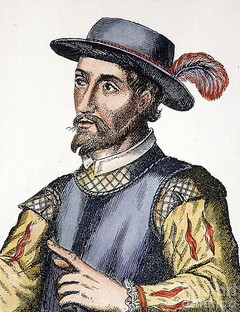

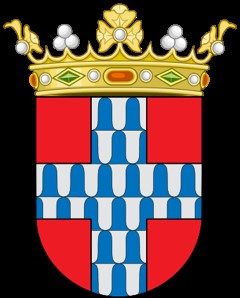
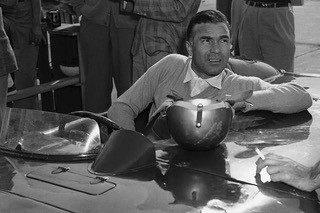
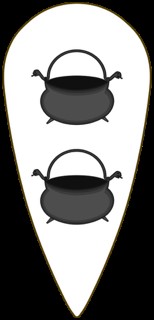
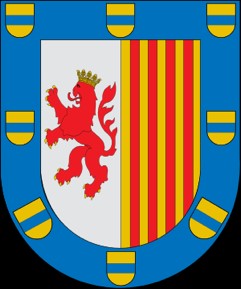
from left to the right: Explorer and Conquistador Juan Ponce de Leon, Ruy Fernández de Fuemayor, Herald of the House of Fuenmayor, Porfirio Rubirosa Ariza, House of Lara, House of Ponce de Leon
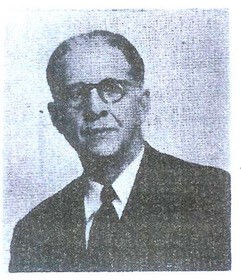

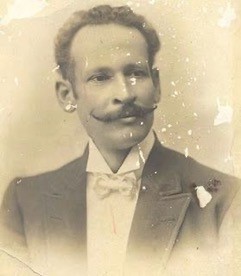
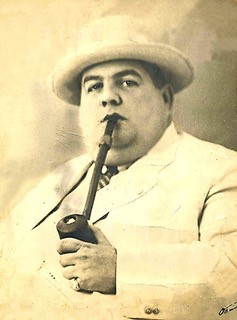
from left to the right: Manuel de Jesus Pellerano Carvaja, Jacinto Peynado, Arturo Pellerano Castro, Arturo Logroño
I GIUSTINIANI IN MESSICO
La migrazione dei Genovesi e di alcuni Giustiniani nelle Americhe avvenne tra la fine del XVI e XVII secolo, soprattutto al seguito della corona spagnola, è noto che nel 1652 Domenico Giustiniani fu governatore della Valdavia nel Regno del Cile per conto del sovrano spagnolo.
E' stata di recente riscontrata anche una ricca discendenza Messicana dal capostipite
Giacomo Bolio Giustiniani arrivato in Messico nella metà del XVII secolo
probabilmente a seguito della corona spagnola. La cognomizzazione aggiuntiva di
"Bolio" potrebbe derivare dalla città francese di Corbeil (de Corbolis),
Pietro de Corbeil (Gilles de Corbeil) era apparentemente uno dei capostipiti
della famiglia di studiosi e furono chiamati dal papa per insegnare in alcune
università.
In seguito alcuni discendenti si trasferirono in Italia, altri a Venezia, altri a Genova, fu allora che Antonio Bolio del ramo genovese sposò María de Rapallo
Giustiniani nata intorno all'anno 1600 probabilmente di Arenzano
ed il loro figlio Giacomo (Santiago) intorno al 1630. Giacomo arriva in Messico
a seguito della corona spagnola con resposabile delle attività fiscali e
finanziarie, sposa Felipa Ojeda Fuente da cui i figli: Manuel Bolio Ojeda
(1666), Francisco Bolio Ojeda (1669) e la figlia Juana de la Rosa (1671)
che sposa Martin de Ursua y Arizmendi (1653-1715) conte di Lizarraga e Castillo. La famiglia Bolio ha una
lunga storia nello Yucatan, dovuta anche alle ricchezze delle Haciendas, (grandi terreni
adibiti all'agricoltura estensiva e all'allevamento del bestiame) e dalle prime
fabbriche di trasformazione dell'henequén (pianta tipicamente messicana molto simile all'Agave sisalana) su iniziativa di
Antonino Bolio Guzmán, da cui venivano fatte principalmente le cime delle navi.
Albero genealogico da Santiago (Giacomo) Bolio Justiniani
(ringrazio della segnalazione Alejandro González Barrera)
I GIUSTINIANI IN BOLIVIA (discendenza Bartolomeo Justiniano)
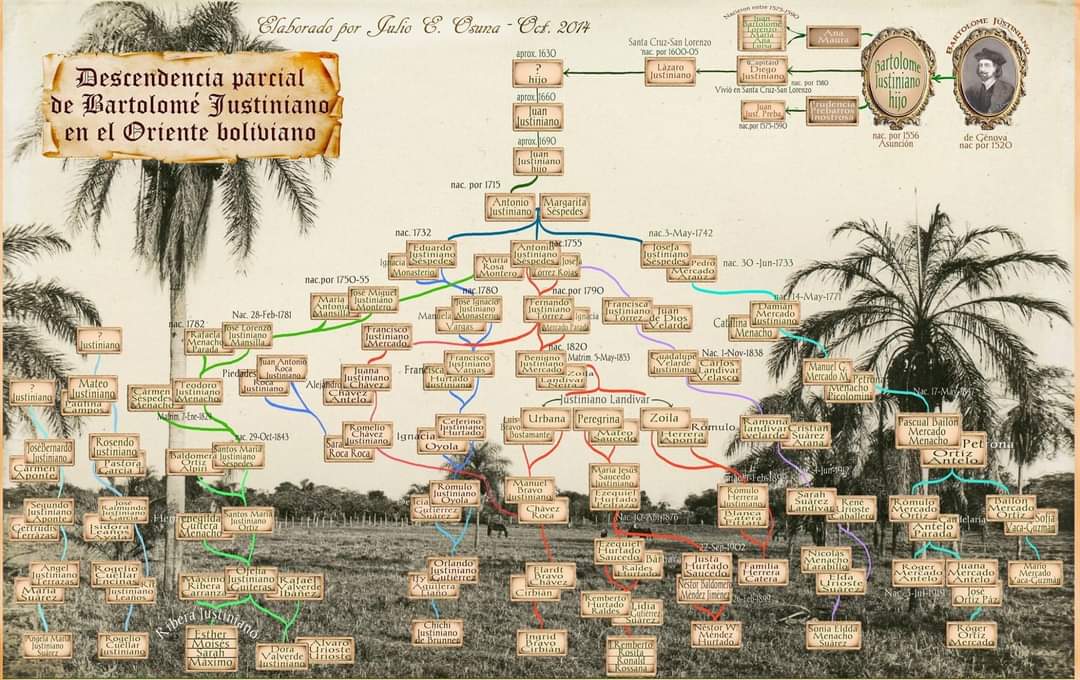

Torna alla pagina iniziale dei
Giustiniani di Genova











